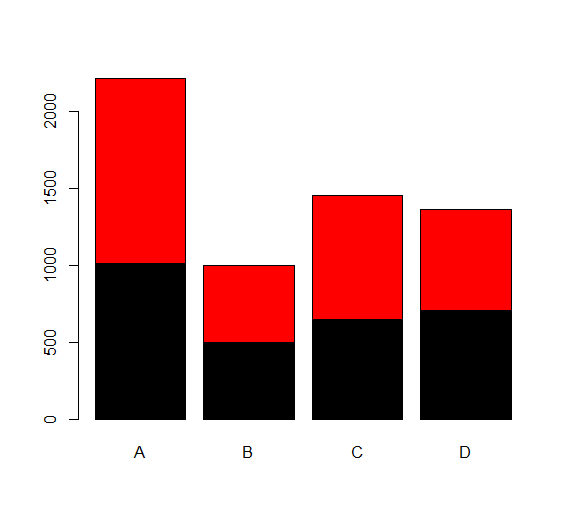What Is the Best Way to Filter by Date in R?
What Is the Best Way to Filter by Date in R?, Using the dplyr package in R, you can filter a data frame by dates using the following methods. Subsetting with multiple conditions in R – Data Science Tutorials Method 1: After Date Filter Rows df %>% filter(date_column > ‘2022-01-01’) Method 2: Filter Rows Before…
















